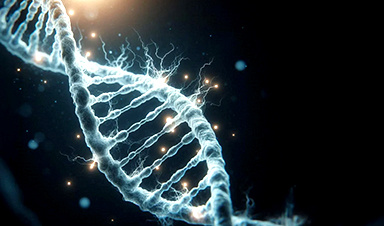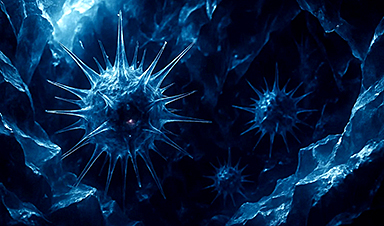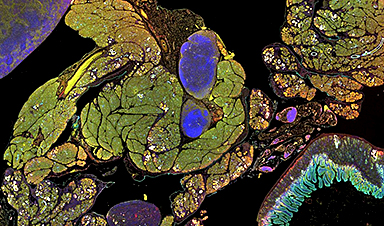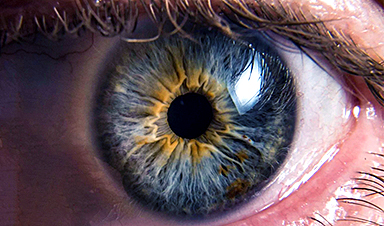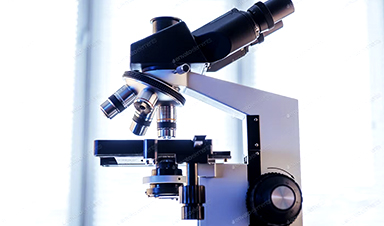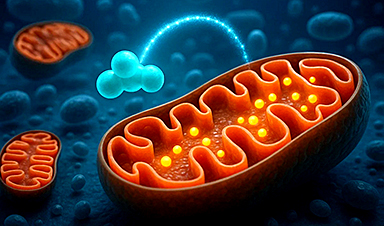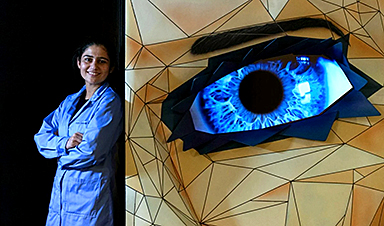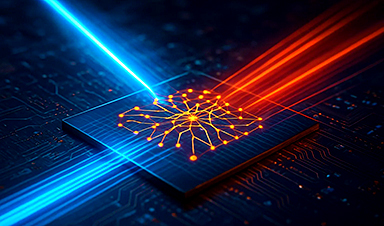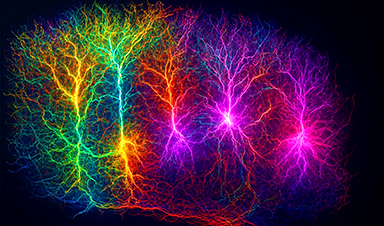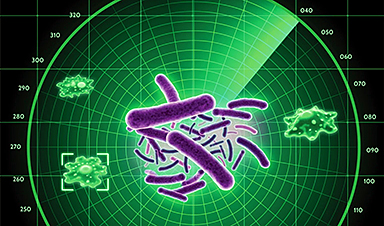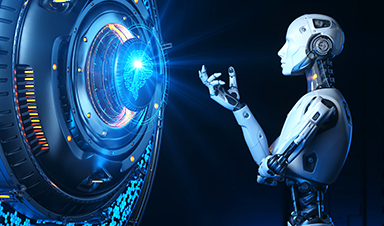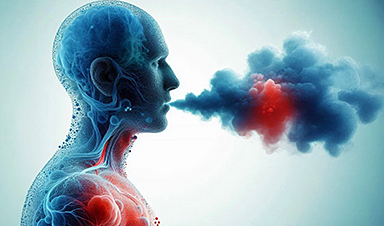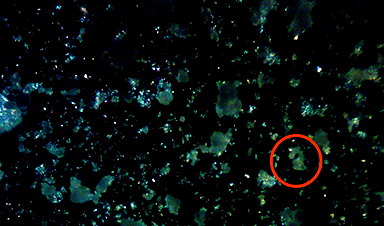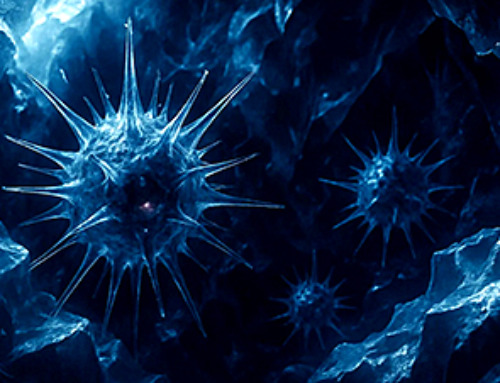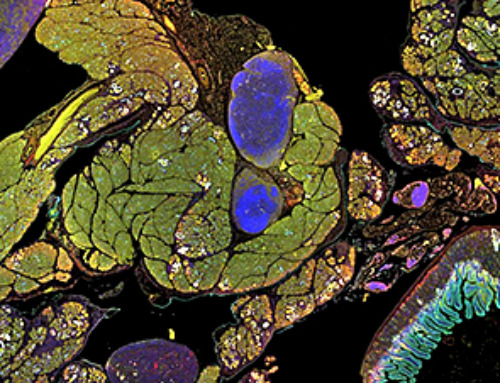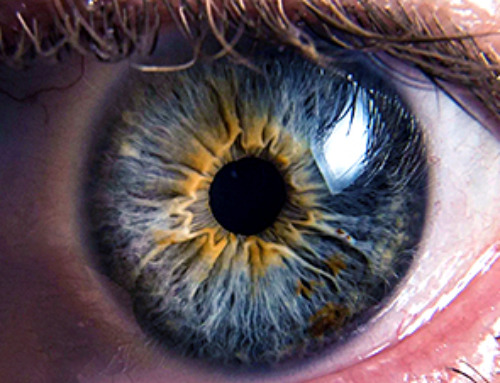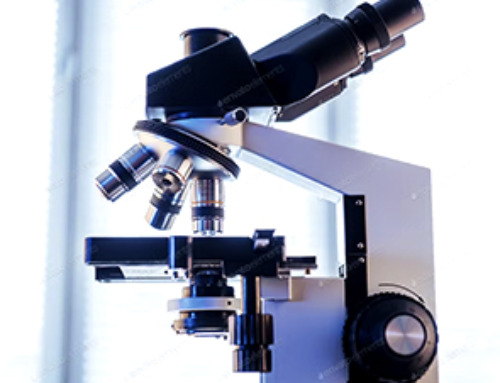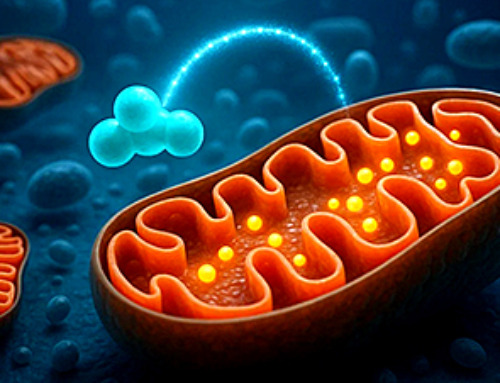Our DNA is constantly under threat — from cell division errors to external factors like sunlight and smoking. Fortunately, cells have intricate repair mechanisms to counteract this damage.
Scientists have uncovered a surprising role played by long non-coding RNA, particularly NEAT1, in stabilizing the genome. Their findings suggest that NEAT1, when highly methylated, helps the cell recognize and repair broken DNA strands more efficiently. This discovery could pave the way for new cancer treatments targeting tumors with high NEAT1 expression.
Genome Instability and Disease Risk
Every time a cell divides, its DNA is at risk of damage. To complete division, the cell must copy its entire genetic code — billions of letters long — which can lead to occasional errors. But cell division isn’t the only threat. Over time, exposure to factors like sunlight, alcohol, and cigarette smoke can also harm DNA, increasing the risk of cancer and other diseases.
Fortunately, cells have built-in repair systems to counteract this damage. This process, known as the DNA damage response (DDR), activates specific signaling pathways that detect and fix errors. These mechanisms help maintain genetic stability and ensure the cell’s survival.
A New Look at the DNA Damage Response
A team of scientists from Julius-Maximilians-Universität Würzburg (JMU) in Bavaria, Germany, has now taken a closer look at one of these signaling pathways. The group has identified a new mechanism of the DNA damage response that is mediated via an RNA transcript. Their results help to broaden the conceptual view on the DNA damage response and to link it more closely with RNA metabolism.
Dr. Kaspar Burger, junior research group leader at the Department of Biochemistry and Molecular Biology, was responsible for this study. The group has published the results of their investigations in the journal Genes & Development.

RNA Transcripts as Key Regulators
“In our study, we focused on so-called long non-coding RNA transcripts. Previous data suggest that some of these transcripts act as regulators of genome stability,” says Kaspar Burger, explaining the background to the work. The study focused on the nuclear enriched abundant transcript 1 — also known as NEAT1 — which is found in high concentrations in many tumor cells. NEAT1 is also known to react to DNA damage and to cellular stress. However, its exact role in the DNA damage response was previously unclear.
“Our hypothesis was that RNA metabolism involves NEAT1 in the DNA damage response in order to ensure the stability of the genome,” says Burger. To test this hypothesis, the research group experimentally investigated how NEAT1 reacts to serious damage to the genome — so-called DNA double-strand breaks — in human bone cancer cells. The result: “We were able to show that DNA double-strand breaks increase both the number of NEAT1 transcripts and the amount of N6-methyladenosine marks on NEAT1,” says the scientist.
RNA Modification and Cancer Connections
Methyladenosine marks on RNA transcripts are a topic that scientists have not been dealing with for very long. They fall into the area of epitranscriptomics — the field of biology that deals with the question of how RNA modifications are involved in the regulation of gene expression. Methyl groups play a key role in this. It is known, for example, that RNA modifications are often misplaced in cancer cells.
NEAT1’s Surprising Role in DNA Repair
The experiments conducted by Kaspar Burger and his team show that the frequent occurrence of DNA double-strand breaks causes excessive methylation of NEAT1, which leads to changes in the NEAT1 secondary structure. As a result, highly methylated NEAT1 accumulates at some of these lesions to drive the recognition of broken DNA. In turn, experimentally induced suppression of NEAT1 levels delayed the DNA damage response, resulting in increased amounts of DNA damage.
NEAT1 itself does not repair DNA damage. However, as the Würzburg team discovered, it enables the controlled release and activation of an RNA-binding DNA repair factor. In this way, the cell can recognize and repair DNA damage highly efficiently.
New Avenues for Cancer Therapy
According to the scientists, knowledge about the role of NEAT1 methylation in the recognition and repair of DNA damage could open up new therapeutic options for tumors with high NEAT1 expression. However, it must first be clarified whether these results, which were obtained in simple cell systems, can also be transferred to complex tumor models.
Reference: “NEAT1 promotes genome stability via m6A methylation-dependent regulation of CHD4” by Victoria Mamontova, Barbara Trifault, Anne-Sophie Gribling-Burrer, Patrick Bohn, Lea Boten, Pit Preckwinkel, Peter Gallant, Daniel Solvie, Carsten P. Ade, Dimitrios Papadopoulos, Martin Eilers, Tony Gutschner, Redmond P. Smyth and Kaspar Burger, 1 February 2025, Genes & Development.
DOI: 10.1101/gad.351913.124
Kaspar Burger’s research was supported by the German Cancer Aid and the Mildred Scheel Early Career Center for Cancer Research (MSNZ) in Würzburg.
News
Melting Arctic Ice May Unleash Ancient Deadly Diseases, Scientists Warn
Melting Arctic ice increases human and animal interactions, raising the risk of infectious disease spread. Researchers urge early intervention and surveillance. Climate change is opening new pathways for the spread of infectious diseases such [...]
Scientists May Have Found a Secret Weapon To Stop Pancreatic Cancer Before It Starts
Researchers at Cold Spring Harbor Laboratory have found that blocking the FGFR2 and EGFR genes can stop early-stage pancreatic cancer from progressing, offering a promising path toward prevention. Pancreatic cancer is expected to become [...]
Breakthrough Drug Restores Vision: Researchers Successfully Reverse Retinal Damage
Blocking the PROX1 protein allowed KAIST researchers to regenerate damaged retinas and restore vision in mice. Vision is one of the most important human senses, yet more than 300 million people around the world are at [...]
Differentiating cancerous and healthy cells through motion analysis
Researchers from Tokyo Metropolitan University have found that the motion of unlabeled cells can be used to tell whether they are cancerous or healthy. They observed malignant fibrosarcoma cells and [...]
This Tiny Cellular Gate Could Be the Key to Curing Cancer – And Regrowing Hair
After more than five decades of mystery, scientists have finally unveiled the detailed structure and function of a long-theorized molecular machine in our mitochondria — the mitochondrial pyruvate carrier. This microscopic gatekeeper controls how [...]
Unlocking Vision’s Secrets: Researchers Reveal 3D Structure of Key Eye Protein
Researchers have uncovered the 3D structure of RBP3, a key protein in vision, revealing how it transports retinoids and fatty acids and how its dysfunction may lead to retinal diseases. Proteins play a critical [...]
5 Key Facts About Nanoplastics and How They Affect the Human Body
Nanoplastics are typically defined as plastic particles smaller than 1000 nanometers. These particles are increasingly being detected in human tissues: they can bypass biological barriers, accumulate in organs, and may influence health in ways [...]
Measles Is Back: Doctors Warn of Dangerous Surge Across the U.S.
Parents are encouraged to contact their pediatrician if their child has been exposed to measles or is showing symptoms. Pediatric infectious disease experts are emphasizing the critical importance of measles vaccination, as the highly [...]
AI at the Speed of Light: How Silicon Photonics Are Reinventing Hardware
A cutting-edge AI acceleration platform powered by light rather than electricity could revolutionize how AI is trained and deployed. Using photonic integrated circuits made from advanced III-V semiconductors, researchers have developed a system that vastly [...]
A Grain of Brain, 523 Million Synapses, Most Complicated Neuroscience Experiment Ever Attempted
A team of over 150 scientists has achieved what once seemed impossible: a complete wiring and activity map of a tiny section of a mammalian brain. This feat, part of the MICrONS Project, rivals [...]
The Secret “Radar” Bacteria Use To Outsmart Their Enemies
A chemical radar allows bacteria to sense and eliminate predators. Investigating how microorganisms communicate deepens our understanding of the complex ecological interactions that shape our environment is an area of key focus for the [...]
Psychologists explore ethical issues associated with human-AI relationships
It's becoming increasingly commonplace for people to develop intimate, long-term relationships with artificial intelligence (AI) technologies. At their extreme, people have "married" their AI companions in non-legally binding ceremonies, and at least two people [...]
When You Lose Weight, Where Does It Actually Go?
Most health professionals lack a clear understanding of how body fat is lost, often subscribing to misconceptions like fat converting to energy or muscle. The truth is, fat is actually broken down into carbon [...]
How Everyday Plastics Quietly Turn Into DNA-Damaging Nanoparticles
The same unique structure that makes plastic so versatile also makes it susceptible to breaking down into harmful micro- and nanoscale particles. The world is saturated with trillions of microscopic and nanoscopic plastic particles, some smaller [...]
AI Outperforms Physicians in Real-World Urgent Care Decisions, Study Finds
The study, conducted at the virtual urgent care clinic Cedars-Sinai Connect in LA, compared recommendations given in about 500 visits of adult patients with relatively common symptoms – respiratory, urinary, eye, vaginal and dental. [...]
Challenging the Big Bang: A Multi-Singularity Origin for the Universe
In a study published in the journal Classical and Quantum Gravity, Dr. Richard Lieu, a physics professor at The University of Alabama in Huntsville (UAH), which is a part of The University of Alabama System, suggests that [...]
